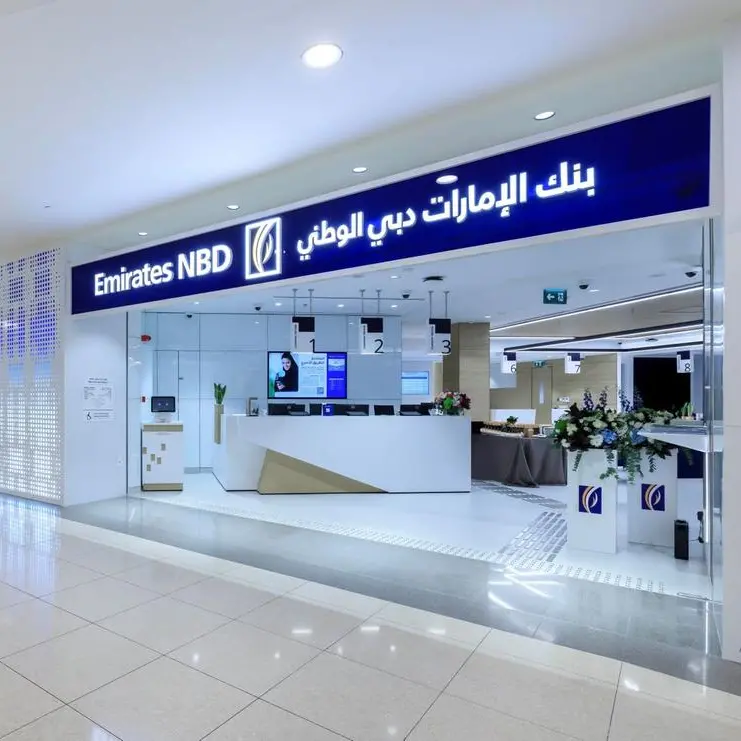By Edmund Bower
Looming high above the 6 October Bridge is an enormous billboard featuring Argentinian football star Lionel Messi reclining on a leather sofa. “For a world free of Hepatitis C, Leo Messi visits Egypt,” it reads. The 2017 ad campaign launched the 30-year-old center forward as the face of Egypt’s Tour n’ Cure project, a joint effort between the government and Prime Pharma, a multinational drug company with offices in Heliopolis. Messi himself visited Cairo in February as part of a splashy rollout featuring videos and a slick website.
“Egypt has a lot of what's required,” to profit from Westerners seeking discounted treatments from root canals to optical laser surgery, says Josef Woodman, a physician and the author of Patients Beyond Borders, a guidebook for medical tourism. Speaking via Skype from the United States, Woodman says that in addition to being a bargain following the recent currency devaluation—the World Economic Forum lists Egypt as the world’s second-cheapest tourist destination, after Iran—the country is blessed with geographical proximity to Europe, Asia and Africa and has “at least a couple of good medical schools, several internationally accredited hospitals and clinics, and access—it’s got really good tourism access” in addition to being relatively developed.
Indeed, for decades already, foreigners have been visiting private hospitals and clinics in Cairo and along the Red Sea coast for a range of procedures from botox to bypasses. The majority of them come for plastic surgery and dental procedures, especially the latter. According to Woodman, dentistry alone accounts for around half of all medical tourism, the reason being that it’s a basic health care specialty that’s increasingly expensive while being covered by insurance almost nowhere. Even in places like Western Europe that provide universal health care coverage, citizens generally have to pay out of pocket for dental work. In the UK, a single implant can easily cost £2,000, for example.
At the Primadent dental center in Hurghada, Ahmed Ali will do that same procedure for less than a quarter of that price. The France-trained dentist runs the practice, which is picturesquely situated on the shore looking out over the Red Sea, nestled among beach resorts and dive centers. “Most of our foreign patients are already taking a holiday here,” explains Ali. Indeed, popular destinations for medical tourism tend to be places that already draw tourists, says David Vequist, the founder and director of the Center for Medical Tourism Research. Malaysia, Thailand and Costa Rica are among the top 10 destinations for medical travel. Ali says most of Primadent’s foreign clients come from Britain, Scandinavia and Germany—all nations where people have to pay through the nose for services like cosmetic dentistry. Instead, they can get their crowns in Egypt and take the kids for a week at the beach. And medical tourists tend to stay longer and spend more than the average vacationer.
With the cost of health care going up and airfare going down, medical tourism is bound to keep growing. A 2016 study by Transparency Market Research projected that it would be a nearly $33-billion market. However, medical tourism is equally vulnerable to dips as a result of terrorism scares and other events that frighten away other types of international tourists. Ali says his clinic’s business has dropped precipitously since 2011.
Moreover, there’s a lot of competition. Throughout Latin America, the Caribbean, Asia and even the Middle East, countries are vying for medical tourists. Health and tourism officials in Abu Dhabi and Dubai are working on a system that aims to facilitate visas, hospital bookings, translators and other services to streamline and encourage medical tourism, especially from Russia, China and India. Dubai aims to receive 1.3 million medical tourists a year by 2021.
Woodman suggests that while medical tourism in emerging markets like Egypt is mostly aimed at big-ticket Westerners, especially Americans, patients from the United States and Europe “tend to be very discerning.” And in reality, much of the medical tourism market comes from the emerging middle class of the developing world, where more and more people have the money to pay for quality health care but limited access in their own countries. Sub-Saharan Africa—in Egypt’s own backyard—is an enormous and growing market of would-be patients with relatively paltry local health care facilities.
Upper-class Africans, in a tradition that dates from colonial times, are known for spending vast amounts of money abroad on medical care in countries like France and Britain and even India. Last year, Nigerian President Muhammadu Buhari came under fire for taking a 10-day medical trip to London to seek treatment for an ear infection after his government had pledged to put an end to the practice, “which by the end of 2013 has led to capital flight of about $1 billion,” wrote Osahon Enabulele, former president of the Nigerian Medical Association, in an open letter. Enabulele further argued that well-heeled Nigerians who seek care in the UK are often treated by African doctors who’ve emigrated because of the poor state of their country’s health care system.
© Business Monthly 2017






















